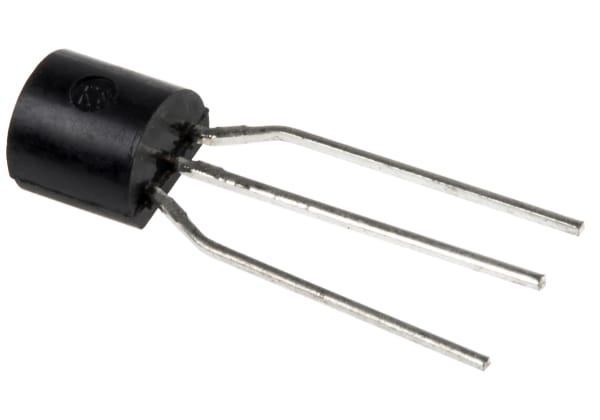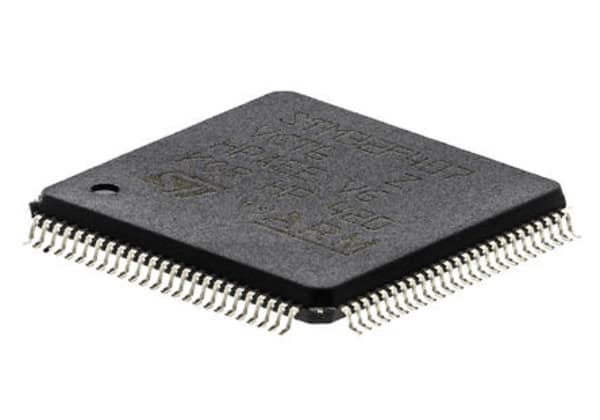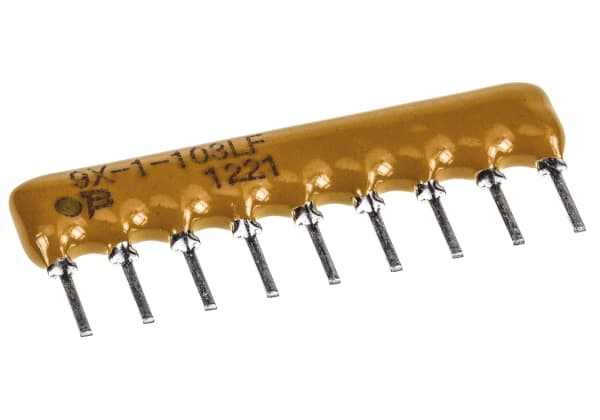- Published 17 Jan 2023
- Last Modified 29 Aug 2023
- 6 min
Everything You Need to Know About TVS Diodes
Our guide explores the different types of TVS Diodes available for a range of job and project requirements.

What is a TVS Diode?
TVS (Transient Voltage Suppressor) diodes are components that are used to protect sensitive components such as semiconductors. They are designed to react to Voltage spikes and clamp the Voltage at a set amount before going into the circuit. They act in a similar way to filters on air lines or water pipes.
TVS diodes are used in ICs (integrated circuits) to protect against overvoltage and the effects of arcs, EFT (Electrical Fast Transients), ESD (Electrostatic Discharge), inductive load switching, and even lightning strikes.
Uses and applications for transient Voltage suppressors include the protection of the following components and equipment:
- MOS memory
- Telecommunication equipment
- Microprocessors
- AC power lines
- Domestic electronic equipment
These components are advantageous compared to standard diodes as they feature a bigger P-N junction cross-sectional area. This larger design means that TVS diodes can conduct greater currents to the ground safely, minimising the potential for harm. They also offer a speedy reaction to high transient spikes, quickly working to suppress the Voltage and ensure circuits are protected.
How Do TVS Diodes Work?
Spikes and overvoltage events can be caused by a variety of factors, either internal or external. Transients can be difficult to predict as some are repetitive, others happen only once, and the duration and intensity of the transient can vary greatly. As a result, TVS diodes are essential devices you should use to protect your circuit from the risk of transients.
Transient Voltage suppressors are typically placed in parallel with the circuit. They filter current to protect the circuit and can act to suppress the amount of Voltage that can pass through a junction at any given time. This is highly useful in the event of spikes occurring. The clamping action then limits the Voltage to a set level and routes the excess away from the circuit to the ground.
How TVS Diodes Work
This diagram shows how a TVS diverts transient current to ground. It shows the fact that the Voltage seen by the protected load is limited to the TVS’ clamping Voltage level.

How to Choose a TVS Diode
In essence, how to choose a TVS diode depends on various key factors and differentiators. A TVS diode selection guide should be well-placed to help you ensure you choose the best component for your setup, but there are several core values you should keep in mind when choosing TVS diodes.
To help you get started, the following important attributes should always be considered:
- Configuration
- Clamping Voltage
- Peak pulse current
- Physical dimensions
As well as the above attributes, additional features you should take into account include:
- Breakdown Voltage – the Voltage rating where the diode provides protection and begins to conduct current away from the circuit to the ground
- Reverse stand-off Voltage – the operating Voltage that should not be exceeded
Lastly, the final factor to consider when choosing a TVS diode is the specific type of diode you want. The following section explores some of the key types in greater detail.
Types of TVS Diode
There are multiple different types of TVS diode, each with unique characteristics and suited to different applications and circuits.
Both through-hole and surface-mounted types are available. Additionally, these components can be either unidirectional or bidirectional, providing greater flexibility when it comes to choosing the type of TVS diode that is best for your setup.
Some of the main TVS diode types are explained in further detail below:
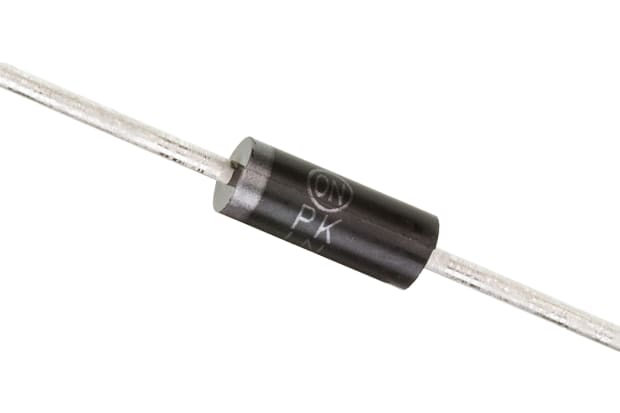
Zener Diode
Zener diodes are one of the more familiar TVS types. These components feature a reduced breakdown Voltage (zener Voltage) which enables them to conduct controlled breakdowns, keeping the current passing across the diode close to the zener Voltage. They can also be used to generate Voltage references and offer circuit protection against overvoltage and ESD events.
Zener diodes are ideal for high-frequency circuits and high-speed data lines. As they are limited to handling low energy, they are widely used for diverting and clamping in these types of circuits.
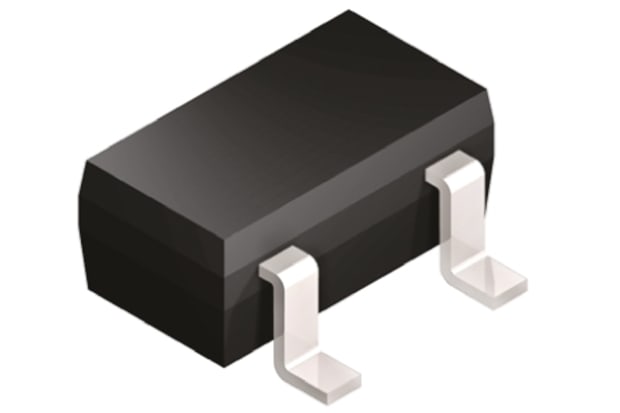
Automotive TVS
TVS diodes are used in the automotive industry to protect sensitive components and semiconductor devices from damage caused by transient spikes and discharges. They can be used in several different locations within vehicles to provide protection, including near the alternator and regulator (protects against high-energy events such as field decay or load dump), and electronic data buses (protects against ESD events), to name just a few examples.
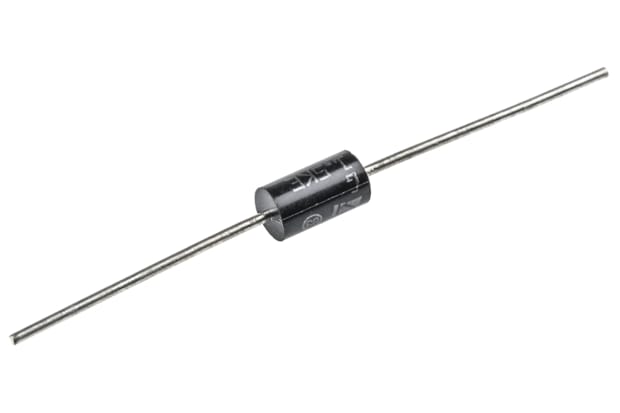
Bidirectional Diode
Bidirectional diodes can operate at both positive and negative Voltages. This makes them more versatile than unidirectional diodes which only operate with either positive or negative Voltages rather than allowing both.
It is worth noting that other types of TVS diodes can also be bidirectional. For example, zener diodes are bidirectional, making them more adapted to coping with varying Voltages in circuits.
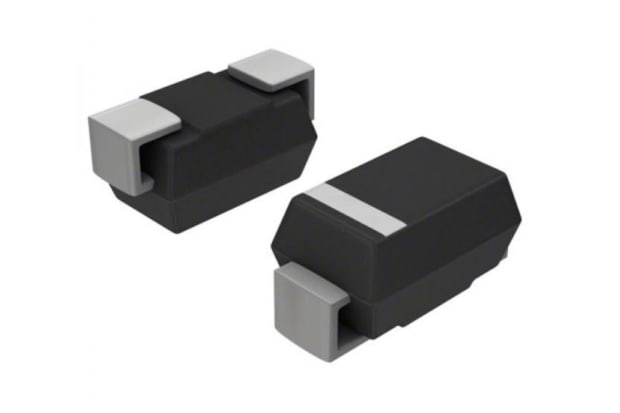
Clamping Voltage Diode
Clamping Voltage diodes are also standard diode types. This term is primarily used to refer to clamps which protect sensitive devices from transients and overvoltage.
Specialised clamping diodes can handle these high Voltages well, diverting the excess away and clamping the residual Voltage. Additionally, TVS clamping diodes can be used to protect particularly sensitive components and circuits, responding to transients much more quickly than alternatives to reduce the potential for damage.
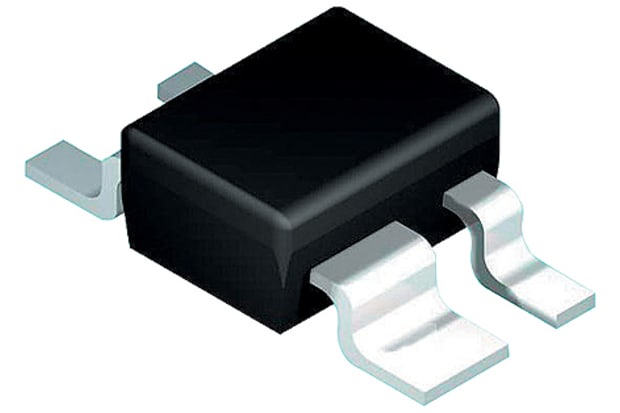
ESD Diode
Not all diodes are ESD-sensitive, so choosing the right device is essential if you need to ensure ESD protection. ESD diodes should be placed on the trace, with the distance to ground as short as possible.
ESD protection diodes are designed to protect ICs from high-Voltage ESD events. They absorb abnormal Voltage to provide protection and prevent circuits from malfunctioning. If an ESD event occurs, the device breaks down and creates a low-impedance path to limit and divert the current flow to ground, protecting the circuit.
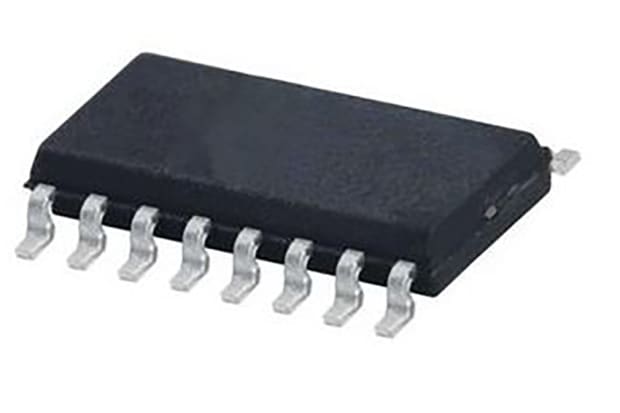
Littelfuse Diode
Littelfuse is a leading supplier of electronic components, providing market-leading circuit protection devices. Littelfuse diodes are high-quality and offer a strong level of protection, making them a great choice for many applications.
Littelfuse components and semiconductors are available in a range of types and configurations to suit every circuit. With a variety of options to choose from, make sure to select the most suitable type for your requirements.
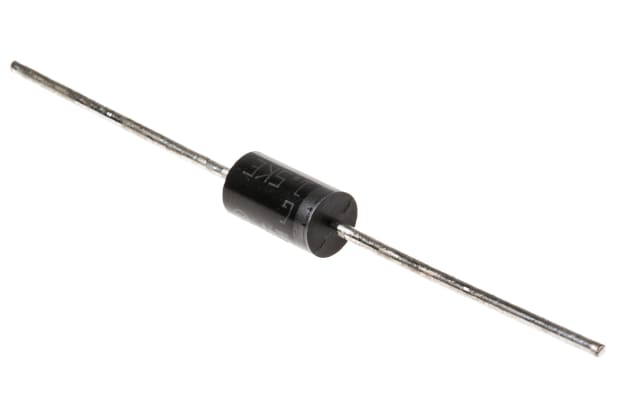
Protection Diode
Protection diodes can be used in circuits where current flows in the forward direction. They are designed to protect devices which are sensitive and respond negatively to current flowing through them in the reverse direction. Essentially, the role of a protection diode is to protect the circuit from reverse Voltage.
It is important to check the peak reverse Voltage when choosing a protection diode as this attribute will define how much can be absorbed before it breaks down and current can pass.
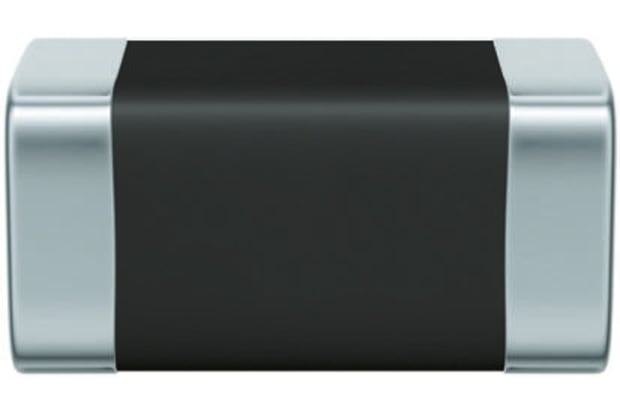
Transient Suppression Diode
Transient Suppression Diodes (also known as Transient Voltage Suppressors or Transorbs) are components used to suppress transient Voltages such as ESD events. They ground the clamped Voltage and therefore prevent spikes from causing damage to circuits and delicate components.
These devices are ideal for moderate frequency circuits and applications and are quick to act, simple to use, and available in either unidirectional or bidirectional formats. However, transient suppression diodes offer a limited frequency due to high capacitance and they can be more expensive than alternative options.
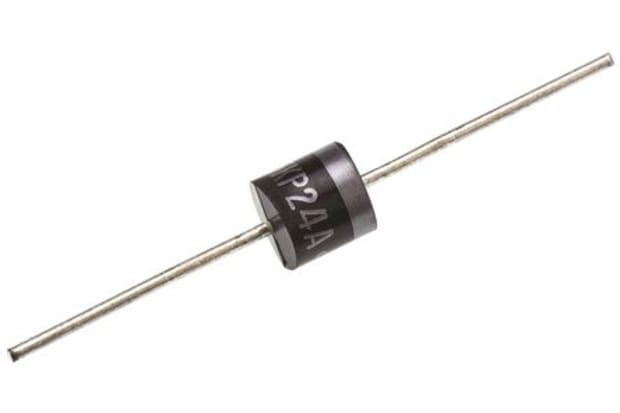
Transil Diode
Transil diodes are another variation designed to protect circuits and sensitive components from spikes and surges. Transil diodes can be either unidirectional or bidirectional and they can be found in systems as diverse as PCs, medical devices, and wireless communication systems.
Related Guides
Related links
- TVS Diodes
- Everything You Need to Know About Twist Drill Bits
- The Complete Guide to Adjustable Spanners
- Everything You Need to Know About Socket Screws
- Transient voltage suppressor IC,SMCJ12
- Transient voltage suppressor IC,SMCJ22C
- AVX 34.5V 120A 0.4J 60V Clamp 1000 (Axial) Ceramic Transient Voltage Suppressor
- Wurth Elektronik Ceramic Transient Voltage Suppressor 180Ω impedance at 100 MHz

